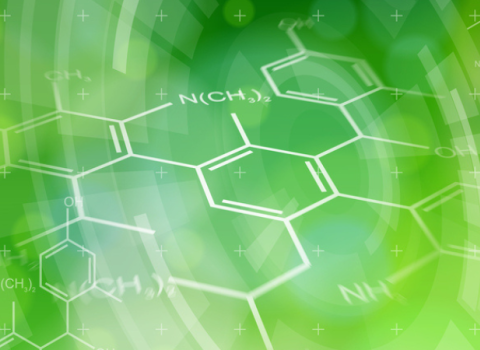New research suggests countries could use ordinary clay to help manage and reduce their greenhouse gas emissions.
Scientists say naturally occurring clay minerals could play a role in carbon capture and storage (CCS), in which it is proposed that rather than being belched into the atmosphere, carbon dioxide (CO2) from fossil fuel plants is piped into underground tombs.
"It is quite remarkable that clay can capture as much CO2 as other materials that are being investigated," says Jon Otto Fossum, professor at the Department of Physics at the Norwegian University of Science and Technology (NTNU), who is leading the research.
Trapping CO2 in clay offers many benefits compared to other materials, particularly because other potential materials can be expensive, difficult to produce, toxic and not particularly environmentally friendly.
The research presents a case for economic efficiency, but technical feasibility is a little way off. "What we are doing is basic research," Fossum says. "It will take more research to develop the technology, so we don’t expect clay-based CO2 capture to be readily available anytime soon."
CCS is creeping up the political agenda. Several countries, most notably the US, Canada and Australia, are looking into building CCS installations, which are proving complicated and costly. The European Union is also funding projects to test feasibility.
The issue stirs strong passion in the Norwegian breast – even bringing a government to its knees at one point. In 2000, then Prime Minister Kjell Bondevik was forced out of office after members of his cabinet tried to push the construction of five gas power plants without CCS.
But there is no clear cut support for CCS, even amongst green groups. Some environmentalists fear it will encourage unbridled fossil fuel extraction and displace other low carbon investments.
Alongside Fossum and Leander Michels, a PhD candidate at NTNU, the research was carried out in cooperation with researchers from the Institute for Energy Technology in Kjeller, Norway, and scientists from the Slovak University of Technology, the MaxIVLab at Lund University and the Universidade de Brasilia.
The results were recently published in Scientific Reports, a peer-reviewed journal published by the Nature Publishing Group.





 A unique international forum for public research organisations and companies to connect their external engagement with strategic interests around their R&D system.
A unique international forum for public research organisations and companies to connect their external engagement with strategic interests around their R&D system.